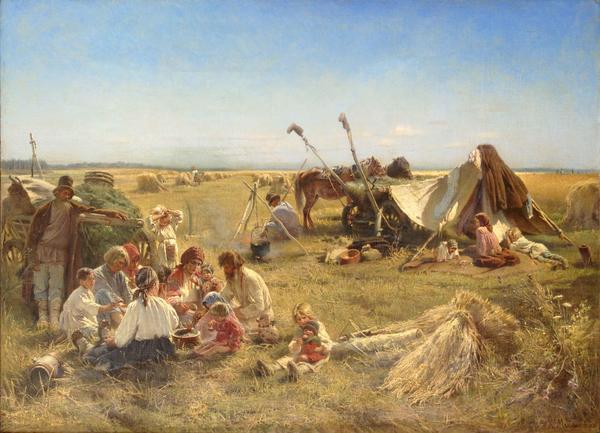The rich and diverse collection of the Taganrog Art Museum presents different genres of fine art and their evolution over time.
Currently, the collection of the museum includes more than seven thousand works of art. The most valuable part of the collection are paintings by Russian artists of the XVIII-XX centuries: A.P. Antropova, F.S. Rokotov, S. Shchedrin, V. Tropinin, K. Aivazovsky, N. Ge, I. I. Shishkin, V.V. Vereshchagin, A. Kuindzhi, P. Konchalovsky, Z. Serebryakova, S. Blonskaya, N. K. Roerich and other Russian masters.
The exhibition ‘The common thread of time’ demonstrates the development of Russian secular art from the end of the 17th century to the beginning of the 20th century. Among the works of display there are the Parsuna (an early example of a Russian secular portrait), rare portraits of Russian emperors and empresses, paintings from the period of establishment and prosperity of the Imperial Art Academy, and the work of the Itinerants (Peredvizhniki) of the second half of the 19th century. The exposition closes with a new epoch called ‘Silver Age’.
All exhibits are marked with AR stickers.
Currently, the collection of the museum includes more than seven thousand works of art. The most valuable part of the collection are paintings by Russian artists of the XVIII-XX centuries: A.P. Antropova, F.S. Rokotov, S. Shchedrin, V. Tropinin, K. Aivazovsky, N. Ge, I. I. Shishkin, V.V. Vereshchagin, A. Kuindzhi, P. Konchalovsky, Z. Serebryakova, S. Blonskaya, N. K. Roerich and other Russian masters.
The exhibition ‘The common thread of time’ demonstrates the development of Russian secular art from the end of the 17th century to the beginning of the 20th century. Among the works of display there are the Parsuna (an early example of a Russian secular portrait), rare portraits of Russian emperors and empresses, paintings from the period of establishment and prosperity of the Imperial Art Academy, and the work of the Itinerants (Peredvizhniki) of the second half of the 19th century. The exposition closes with a new epoch called ‘Silver Age’.
All exhibits are marked with AR stickers.

